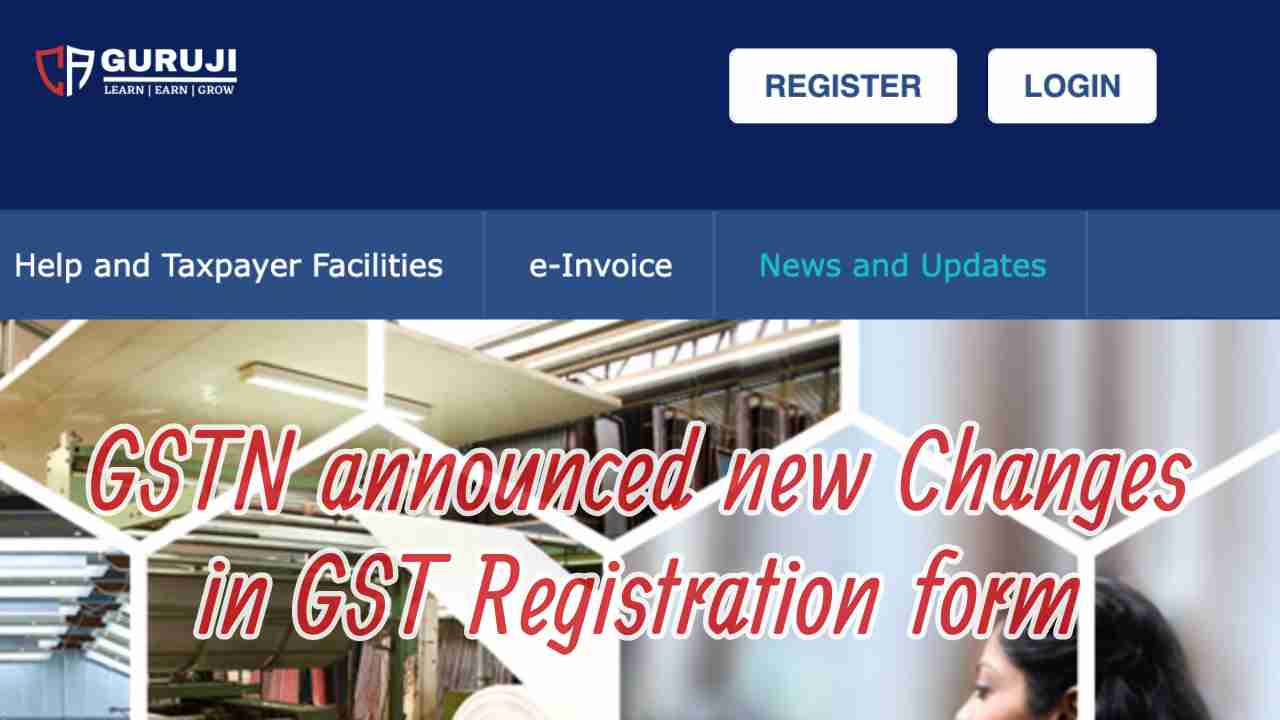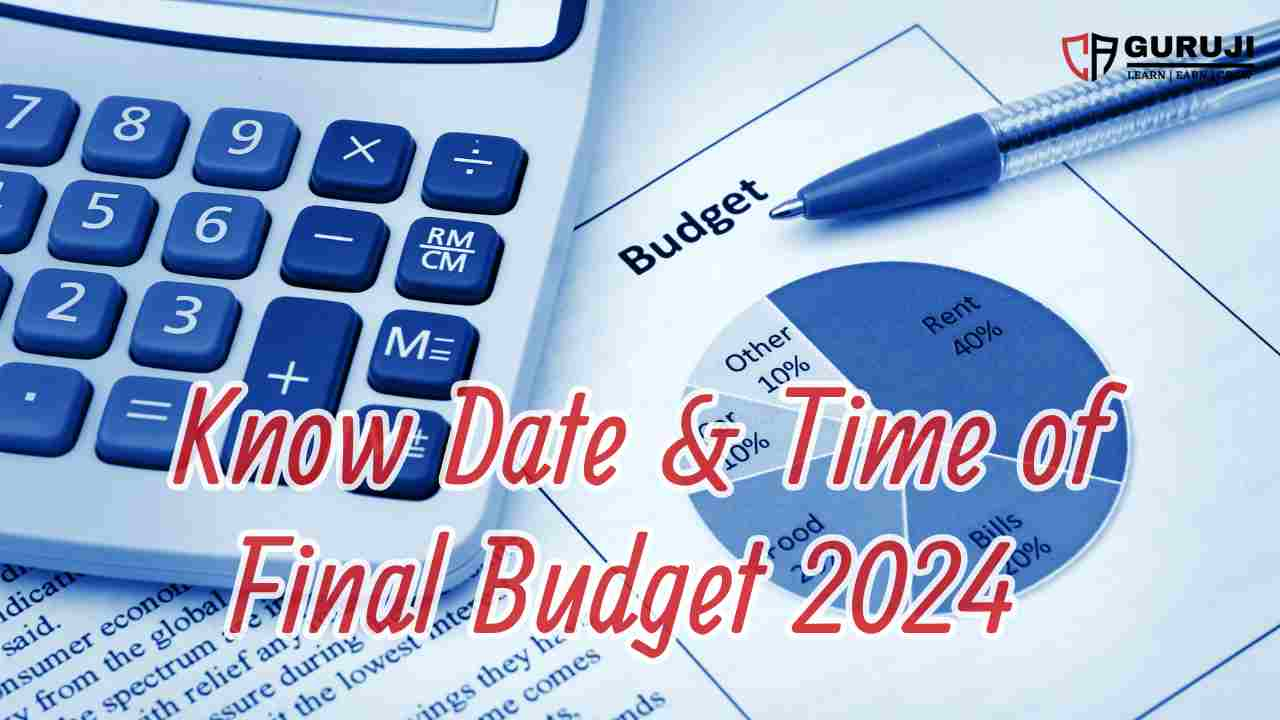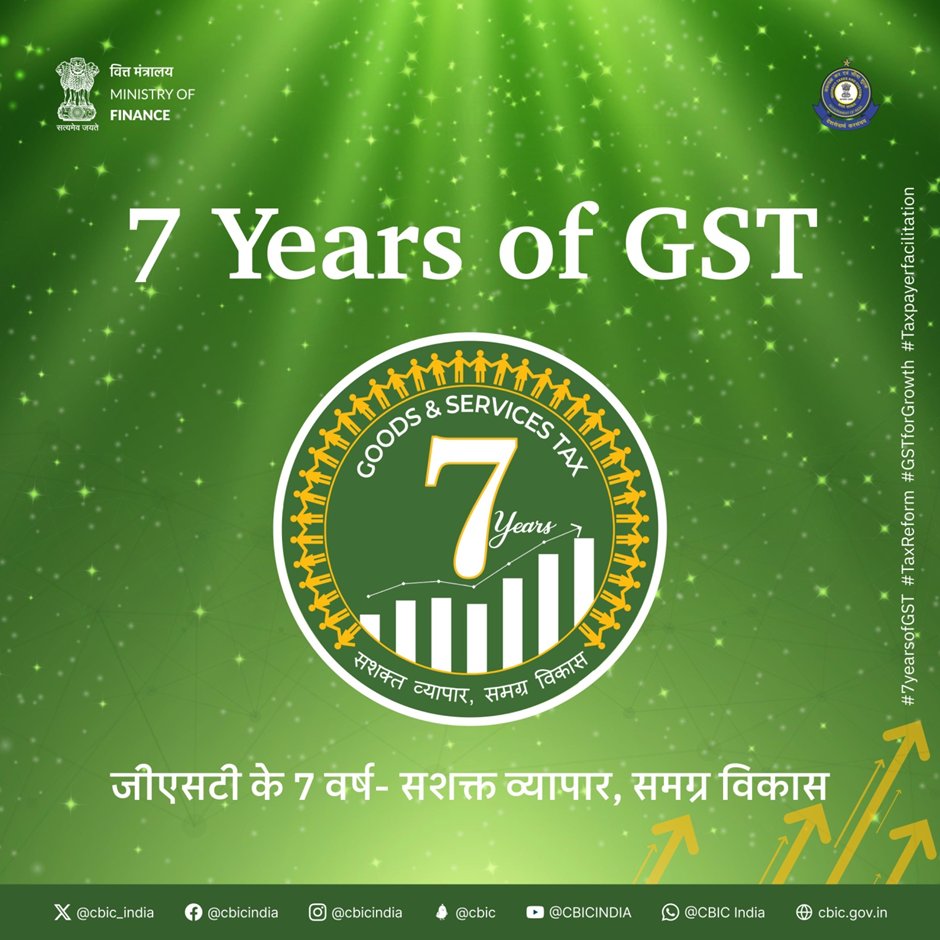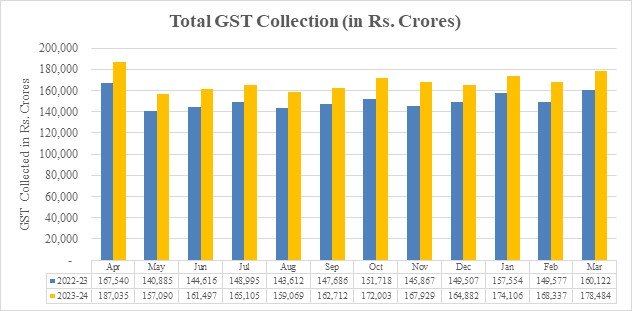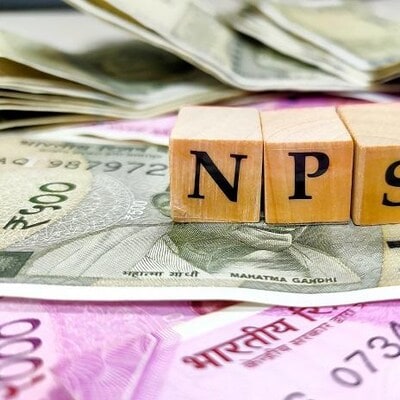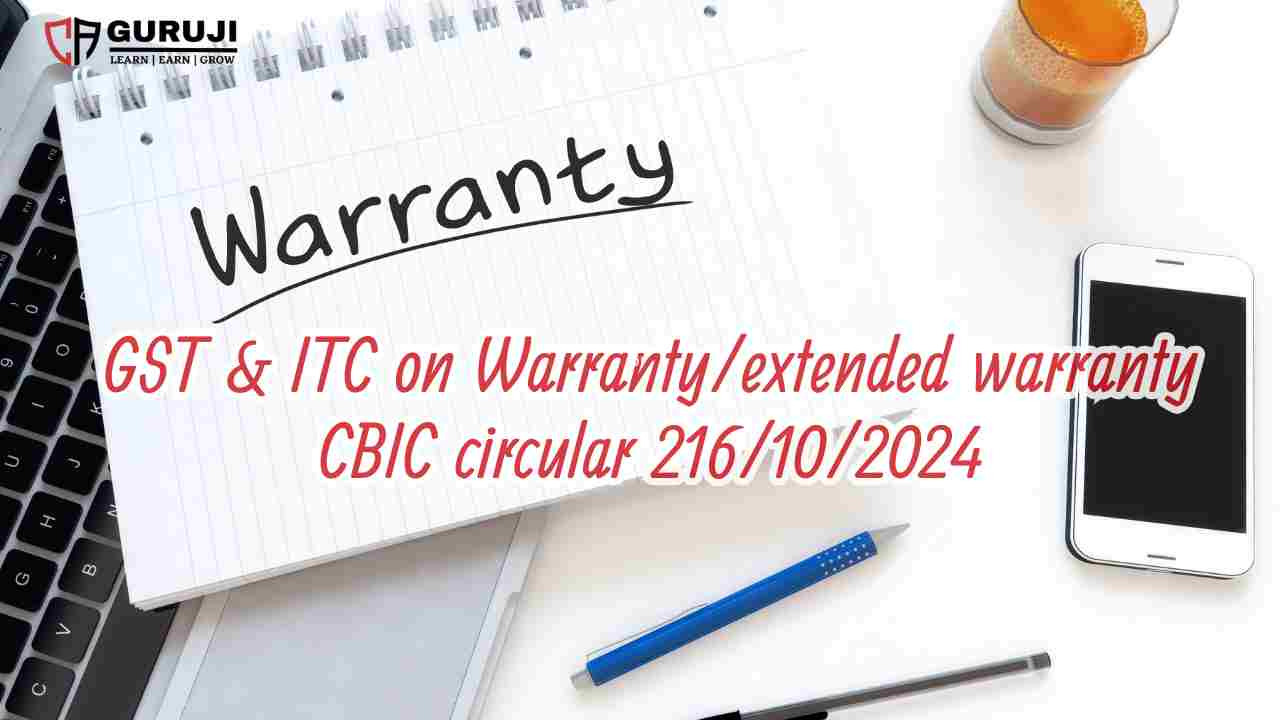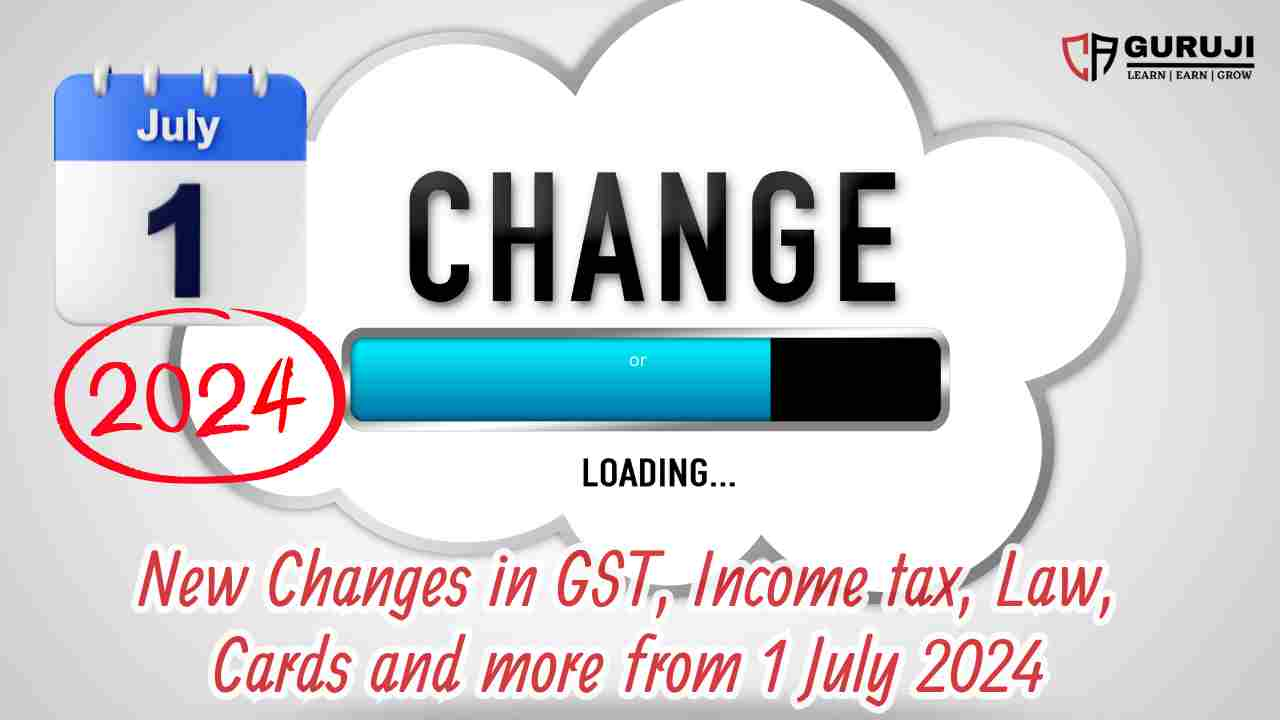Section 80CCD is a provision under the Income Tax Act of India that allows taxpayers to claim deductions on contributions made towards certain pension schemes.
Click here to Read about all deductions under section 80C to 80U
Types of Contributions: Section 80CCD covers contributions made by individuals or employers to certain pension schemes. It includes contributions to the National Pension System (NPS) and Atal Pension Yojana (APY).
Deduction Limits: The maximum deduction allowed under Section 80CCD is subject to certain limits:
For contributions made by individuals to NPS, the maximum deduction allowed is up to 10% of the individual’s salary (for employees) or gross total income (for self-employed individuals) within the overall limit of ₹1.5 lakh under Section 80CCE.
For contributions made by employers to NPS on behalf of employees, the maximum deduction is up to 10% of the employee’s salary (basic salary plus dearness allowance) within the overall limit of ₹1.5 lakh under Section 80CCE.
Additional Deduction: In addition to the limit mentioned above, individuals can also claim an additional deduction under Section 80CCD(1B) for contributions made towards NPS, subject to a maximum of ₹50,000 per financial year. This deduction is over and above the limit under Section 80CCE.
Voluntary Contributions: Apart from mandatory contributions by employees and employers, individuals can voluntarily contribute to their NPS accounts to avail of tax benefits under Section 80CCD.
Lock-in Period and Withdrawals: Contributions made to NPS have a lock-in period, and premature withdrawals are subject to certain conditions and tax implications.
Tax Treatment on Maturity: On maturity, a certain portion of the NPS corpus is tax-free, while the remaining amount is taxable as per the individual’s tax slab.
Eligibility: Both salaried individuals and self-employed individuals can avail of deductions under Section 80CCD, subject to certain conditions.
Deductions Under 80CCD(1) and 80CCD(2)
Section 80CCD(1):
Under Section 80CCD(1), individuals can claim deductions for contributions made towards certain pension schemes.
For Individuals: This section allows individuals to claim deductions for contributions made towards the National Pension System (NPS) and Atal Pension Yojana (APY).
Deduction Limit: The maximum deduction allowed under Section 80CCD(1) is up to 10% of the individual’s salary (for employees) or gross total income (for self-employed individuals). This deduction is within the overall limit of ₹1.5 lakh under Section 80CCE.
Additional Deduction: Individuals can also claim an additional deduction of up to ₹50,000 per financial year under Section 80CCD(1B) for contributions made towards NPS. This deduction is over and above the limit under Section 80CCE.
Eligibility: Both salaried individuals and self-employed individuals can avail of deductions under Section 80CCD(1), subject to certain conditions.
Section 80CCD(2):
Section 80CCD(2) allows for deductions on contributions made by an employer towards an employee’s pension account.
For Employers: This section covers contributions made by employers towards the pension accounts of their employees, specifically for the National Pension System (NPS).
Deduction Limit: Employers can claim a deduction for contributions made on behalf of employees up to 10% of the employee’s salary. The salary, for this purpose, includes basic salary and dearness allowance.
No Upper Limit: Unlike Section 80CCD(1), there’s no upper limit on the amount that can be claimed as a deduction under Section 80CCD(2).
Eligibility: Employers contributing towards their employees’ NPS accounts can avail of deductions under Section 80CCD(2).
These deductions provide incentives for both individuals and employers to contribute towards pension schemes, thereby promoting retirement savings. It’s advisable to understand the specific provisions and consult with a tax advisor to maximize the benefits under these sections.
Section 80CCD(1)
- Deduction Limits:
- For Employees: The maximum deduction allowable for employees is 10% of their salary (comprising basic salary and dearness allowance) in the previous year.
- For Self-Employed Individuals: Other individuals, such as self-employed individuals, can claim a maximum deduction of 20% of their gross total income in the previous year.
- Maximum Limit: The total deduction under Section 80CCD(1) is capped at Rs 1.5 lakhs for a given financial year.
Section 80CCD(2)
- Employer’s Contribution to NPS: Section 80CCD(2) allows for deductions on contributions made by an employer towards the NPS. These contributions can be made in addition to those towards other schemes such as the Public Provident Fund (PPF) and the Employees’ Provident Fund (EPF). The employer’s contribution can be equal to or higher than the employee’s contribution.
- Applicability to Salaried Individuals: Section 80CCD(2) is applicable only to salaried individuals and not to self-employed individuals.
- Additional Deduction: Deductions under Section 80CCD(2) can be availed over and above those available under Section 80CCD(1), which covers deductions for contributions made by the individual taxpayer.
- Deduction Limits:
- For Central Government or State Government Employers: The maximum deduction allowable is up to 14% of the employee’s salary, which includes basic salary and dearness allowance (DA).
- For Any Other Employer: The maximum deduction allowable is up to 10% of the employee’s salary (basic + DA).
Who is eligible for section 80CCD
- Employees: This includes individuals who are employed by both government and private sector organizations. Employees can contribute to the NPS through their employers’ salary deduction schemes or make voluntary contributions.
- Self-Employed Individuals: Individuals who are self-employed, such as freelancers, professionals, entrepreneurs, or business owners, are also eligible for deductions under Section 80CCD. They can contribute to the NPS voluntarily to avail of tax benefits.
- Non-Resident Indians (NRIs): NRIs who contribute to the NPS are eligible for deductions under Section 80CCD, provided they meet the other conditions specified under the Income Tax Act.
- Age Criteria: Generally, individuals contributing to the NPS must be between the ages of 18 to 70 years to avail of deductions under Section 80CCD. However, specific pension schemes or contributions may have different age eligibility criteria.
- Indian Citizens: Section 80CCD is applicable to Indian citizens who contribute to the NPS, irrespective of whether they are residing in India or abroad.
- Employers: Employers who make contributions towards their employees’ NPS accounts are also eligible for deductions under Section 80CCD(2).
Who can not eligible for section 80CCD
- Individuals not contributing to NPS: Section 80CCD specifically applies to contributions made towards the National Pension Scheme. Therefore, individuals who do not make any contributions to the NPS are not eligible for deductions under this section.
- Non-Residents (NRIs) not contributing to NPS: While NRIs are generally eligible for deductions under Section 80CCD if they contribute to the NPS, those who do not make any contributions to the scheme may not be eligible for deductions.
- Individuals above the age of 70 years: Although the NPS allows contributions from individuals up to the age of 70 years, deductions under Section 80CCD may not be available for individuals above this age limit.
- Contributions exceeding specified limits: If contributions made to the NPS exceed the specified limits outlined in Section 80CCD, the excess amount may not be eligible for deductions under this section.
- Employers not making contributions to employees’ NPS accounts: While employers can claim deductions under Section 80CCD(2) for contributions made towards their employees’ NPS accounts, those who do not make such contributions may not be eligible for deductions under this provision.
- Contributions made under any other pension scheme: Section 80CCD specifically pertains to contributions made towards the NPS. Contributions made under other pension schemes may not qualify for deductions under this section.
Suppose Mr. Patel, a salaried individual, earns a basic salary of Rs 50,000 per month (Rs 6,00,000 annually) and dearness allowance (DA) of Rs 10,000 per month (Rs 1,20,000 annually). He contributes Rs 60,000 annually to his NPS Tier I account.
Terms and conditions for deductions under Section 80CCD
- Eligible Contributions: Mr. Patel’s contributions to his NPS Tier I account are eligible for deductions under Section 80CCD.
- Individual Taxpayer: Mr. Patel is an individual taxpayer, making him eligible to claim deductions under Section 80CCD.
- Employer Contributions: Let’s assume Mr. Patel’s employer does not contribute to his NPS account, so we won’t consider deductions under Section 80CCD(2) in this example.
- Deduction Limits:
- Mr. Patel’s maximum deduction under Section 80CCD(1) is 10% of his salary (basic + DA), which is 10% of Rs 7,20,000 (Rs 72,000).
- Therefore, the maximum deduction allowable under Section 80CCD(1) for Mr. Patel is Rs 72,000.
- Additional Deduction: Mr. Patel can also claim an additional deduction of up to Rs 50,000 under Section 80CCD(1B) for contributions made towards his NPS account.
- Combined Limit: The total deduction under Sections 80C, 80CCC, and 80CCD(1) cannot exceed Rs 1.5 lakh in a financial year. However, the deduction under Section 80CCD(1B) is separate and does not fall under this limit.
Mr. Patel’s total deductions under Section 80CCD:
- Deduction under Section 80CCD(1): Rs 72,000
- Additional deduction under Section 80CCD(1B): Rs 50,000
Total deductions under Section 80CCD = Rs 72,000 + Rs 50,000 = Rs 1,22,000.
In this example, Mr. Patel can claim a total deduction of Rs 1,22,000 under Section 80CCD for contributions made towards his NPS account, subject to the specified terms and conditions.
The National Pension Scheme (NPS) in Section 80CCD
The National Pension Scheme (NPS) is indeed a key retirement savings instrument in India, offering tax benefits under Section 80CCD of the Income Tax Act. Here’s some additional information and nuances about the scheme:
- Tiered Structure: NPS operates in two tiers:
- Tier 1: This is the primary retirement account with restrictions on withdrawals and tax benefits.
- Tier 2: An optional account that allows for more flexibility in withdrawals but does not offer the same tax benefits as Tier 1.
- Flexible Contributions: While there are minimum annual contributions required to keep the account active, there’s no upper limit on contributions. Individuals can invest as much as they desire, subject to certain conditions.
- Investment Choices: NPS offers a range of investment options, including equities, corporate bonds, government securities, and alternative investment funds (AIFs). Subscribers can choose their preferred investment mix based on their risk appetite and financial goals.
- Auto Choice Option: For those who are not comfortable managing their investment portfolio, NPS offers an “Auto Choice” option. Under this, the investment mix automatically shifts from higher risk to lower risk assets as the subscriber approaches retirement age.
- Tax Benefits: Contributions to NPS are eligible for tax deductions under Section 80CCD, with a combined limit of Rs. 2 lakh along with Section 80C. Additionally, there’s an exclusive deduction of up to Rs. 50,000 under Section 80CCD(1B) for contributions made to NPS Tier 1 accounts, beyond the 80C limit.
- Portability: NPS is portable across jobs and locations, allowing subscribers to continue their contributions even if they switch employers or move to a different city.
- Annuity Options: At retirement, subscribers must use at least 40% of the accumulated corpus to purchase an annuity, which provides a regular income stream post-retirement. There are various annuity options available, including life annuity, joint life annuity, and options with a guarantee period.
- Taxation at Maturity: While 60% of the maturity amount is tax-free, the remaining 40% that must be used for purchasing annuities is taxable as per the subscriber’s tax slab.
Atal Pension Yojana (APY) in Section 80CCD
The Pradhan Mantri Pension Yojana, commonly known as Atal Pension Yojana (APY), is a government-backed pension scheme aimed at providing financial security to individuals from the unorganized sector.
Eligibility Criteria: APY is available to citizens of India aged between 18 to 40 years. The scheme targets individuals working in the unorganized sector who may not have access to formal pension plans.
Lock-in Period: Similar to the National Pension Scheme (NPS), APY has a lock-in period until the subscriber attains 60 years of age. Withdrawals before the age of 60 are permitted only under specific circumstances, such as terminal illness or death.
Tax Benefits: Contributions made towards APY are eligible for tax deductions under Section 80CCD of the Income Tax Act, up to a maximum of Rs. 1.5 lakh per annum. Additionally, an exclusive deduction of up to Rs. 50,000 is available under Section 80CCD(1B) for contributions made towards APY, similar to NPS.
Contribution Structure: The amount of pension a subscriber receives depends on the contribution made and the age at which they join the scheme. Subscribers can choose a pension plan ranging from Rs. 1000 to Rs. 5000 per month, based on their financial capability.
Spousal Benefits: In the event of the subscriber’s demise, the spouse is entitled to receive the pension amount. The spouse has the option to either continue the pension plan or withdraw the entire corpus.
Guaranteed Pension: APY offers a guaranteed pension amount to subscribers based on their contribution levels. This provides financial security and stability during retirement years.
Flexibility in Contributions: Subscribers can contribute to APY monthly, quarterly, or half-yearly, depending on their convenience. The contribution amount is automatically debited from the subscriber’s linked bank account.
Government Contribution: The Government of India also contributes to APY accounts of eligible subscribers for a specified period, enhancing the retirement corpus.
Overall, Atal Pension Yojana is a significant initiative by the government to promote pension coverage among the unorganized sector workforce, providing them with a reliable source of income during their retirement years.
FAQ
- What is Section 80CCD of the Income Tax Act?
Section 80CCD allows taxpayers to claim deductions on contributions made towards certain pension schemes, such as the National Pension System (NPS) and Atal Pension Yojana (APY).
- Who is eligible to claim deductions under Section 80CCD?
Eligibility extends to both salaried individuals and self-employed individuals who contribute to specified pension schemes like NPS and APY.
- What contributions are covered under Section 80CCD?
Contributions made by individuals or employers towards pension schemes like NPS and APY are covered under Section 80CCD.
- What is the maximum deduction limit under Section 80CCD for contributions to NPS by individuals?
Individuals can claim deductions of up to 10% of their salary (for employees) or gross total income (for self-employed individuals) within the overall limit of ₹1.5 lakh under Section 80CCE.
- Can self-employed individuals claim deductions under Section 80CCD?
Yes, self-employed individuals can claim deductions under Section 80CCD for contributions made towards NPS.
- What is the additional deduction available under Section 80CCD(1B)?
Section 80CCD(1B) allows individuals to claim an additional deduction of up to ₹50,000 per financial year for contributions made towards NPS.
- What are the conditions for availing the additional deduction under Section 80CCD(1B)?
Taxpayers must contribute towards NPS and opt for the old tax regime to avail of the additional deduction under Section 80CCD(1B).
- Can Non-Resident Indians (NRIs) claim deductions under Section 80CCD?
Yes, NRIs can claim deductions under Section 80CCD for contributions made towards NPS, subject to certain conditions.
- What is the tax treatment upon maturity of NPS contributions made under Section 80CCD?
On maturity, a portion of the NPS corpus is tax-free, while the remaining amount is taxable as per the individual’s tax slab.
- How can taxpayers contribute voluntarily to their NPS accounts to avail of deductions under Section 80CCD?
Taxpayers can make voluntary contributions to their NPS accounts through various modes like online transfer, cheque, or demand draft.
- Are contributions made under any other pension scheme eligible for deductions under Section 80CCD?
No, Section 80CCD specifically covers contributions made towards NPS and APY.
- Is there a lock-in period for contributions made under Section 80CCD?
Yes, contributions made to NPS have a lock-in period, and premature withdrawals are subject to certain conditions.
- What are the tax implications of premature withdrawals from NPS under Section 80CCD?
Premature withdrawals from NPS are subject to tax implications, and the withdrawn amount is taxable as per the individual’s tax slab.
- Can employers claim deductions under Section 80CCD(2) for contributions made towards employees’ NPS accounts?
Yes, employers can claim deductions under Section 80CCD(2) for contributions made towards employees’ NPS accounts.
- What is the maximum deduction limit for employers under Section 80CCD(2)?
There’s no upper limit on the deduction available for employers under Section 80CCD(2).
- How are employer contributions calculated for deductions under Section 80CCD(2)?
Employer contributions are calculated based on a certain percentage of the employee’s salary, including basic salary and dearness allowance.
- Is there an upper limit on the deduction available under Section 80CCD(2)?
No, there’s no upper limit on the deduction available for employers under Section 80CCD(2).
- Can taxpayers claim deductions under both Section 80CCD(1) and Section 80CCD(2)?
Yes, taxpayers can claim deductions under both Section 80CCD(1) and Section 80CCD(2) if they meet the respective criteria.
- What are the compliance requirements for availing deductions under Section 80CCD?
Taxpayers must ensure compliance with the rules and regulations governing NPS contributions and deductions under Section 80CCD.
- Are there any recent amendments or changes to Section 80CCD that taxpayers should be aware of?
Taxpayers should stay updated with any recent amendments or changes to Section 80CCD to maximize tax-saving opportunities and comply with the latest regulations.
- What are the implications of opting for the new tax regime on deductions under Section 80CCD?
Taxpayers opting for the new tax regime cannot avail of deductions under Section 80CCD, including deductions for NPS contributions.
- Can individuals avail deductions under Section 80CCD in addition to deductions under Section 80C?
Yes, individuals can avail deductions under both Section 80CCD and Section 80C, subject to the specified limits and conditions.
- How does the tax treatment of NPS contributions differ between the old and new tax regimes under Section 80CCD?
Under the old tax regime, contributions to NPS are eligible for deductions under Section 80CCD, while under the new tax regime, such deductions are not available.
Visit www.cagurujiclasses.com for practical courses


